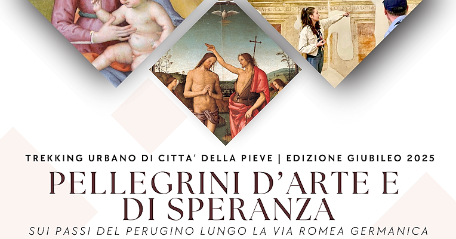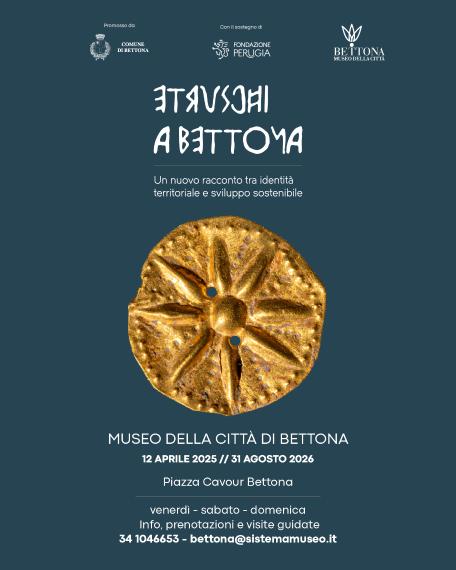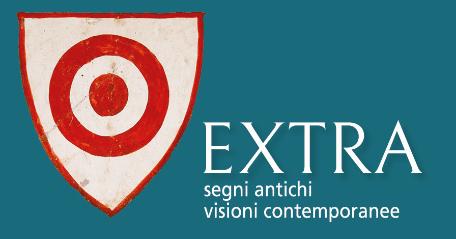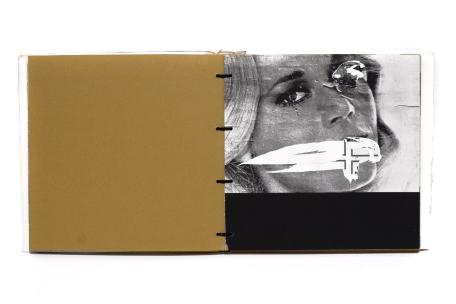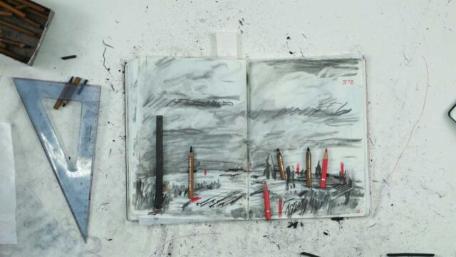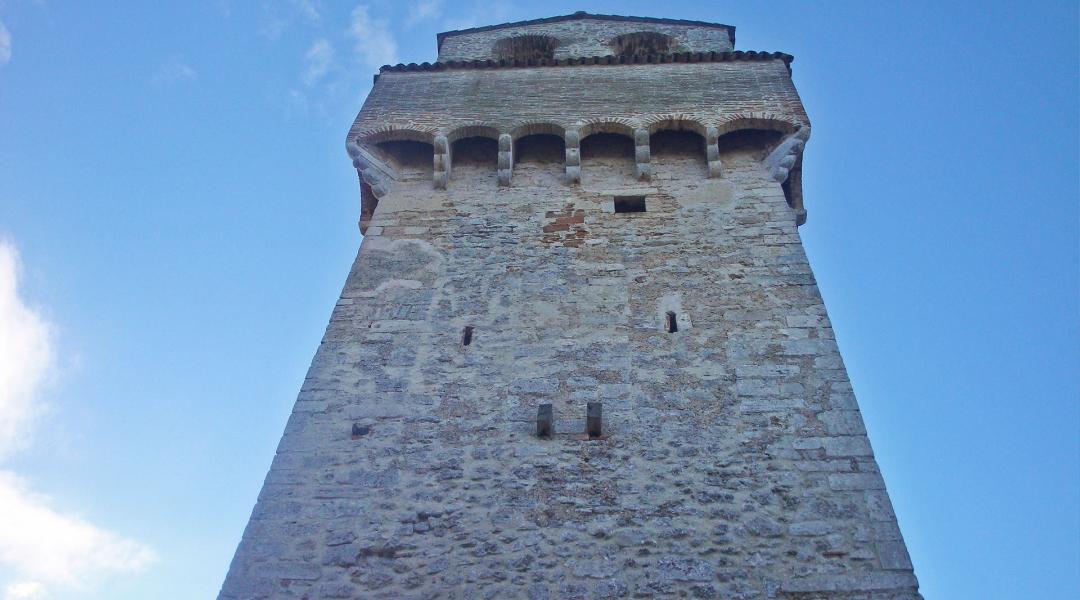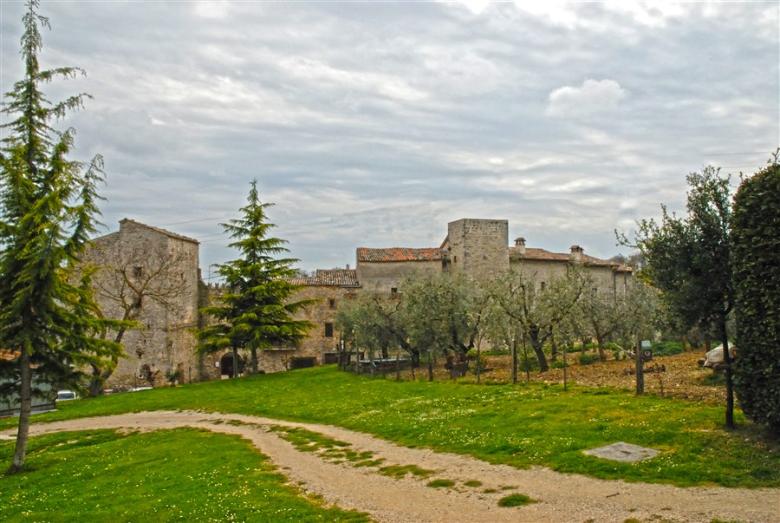From a document of 1115 we learn that the church was annexed to the monastery of Farfa, to whom it was donated in 1104 by the count Rapizzone together with some lands and castles. Another document of the emperor Henry V confirmed in Farfa the ownership of the church in 1118.
The façade, of the 14th or 15th century, is not well connected with the side walls, and characteristically leans forward; a pointed arch portal, with alternating white and red ashlars and a marble frame, as well as a beautiful rose window, adorn its simple rectangular structure.
In the church, divided in three aisles, there are funeral urns, Roman decorative fragments and several engravings. Notable is the big Corinthian capital reused as support of the last arch on the right side; the fragments of the ancient mosaic floor and the ad opus spicatum one, found during recent restoration works; the big stone with the engraving recalling the Vicani Vici Martis, reused as base for the major altar.
The frescoes on the walls are also interesting. On the left wall there are some fragments and a nice wooden Crucifix of the 13th century; on the first column on the right there is a Sinopia with a Saint holding a papyrus; on the altar of the right aisle there is a Madonna with a Child between St. Barbara and St. Anthony Abbot of the 15th century, artwork of Niccolò di Vannuccio; on the rear wall there is a fresco depicting St. Anthony Abbot, St. Peter, St. Fortunato and St. Onofrio of the 14th century; at the centre of the apse there is a Madonna with Child (14th, 15th centuries), to whom St. Felice and St. Benedict were later added. On the left there is a Crucifixion with St. Severo and St. Francis (17th century).
A squared tower crowned with medieval arches of the 14th century rises on the right of the façade. A Roman funerary urn with bas-relief depicting the Sacrifice of Iphigenia is walled on the left side of the church, on the external wall of the former monastery: on the left side it is possible to see a male nude pulling out a figure with a himation on his head (maybe Agamemnon), then a stylised tree, a man holding a fleeing small figure for her hair (maybe Iphigenia), an altar with some symbols and three warriors with a spear.


















